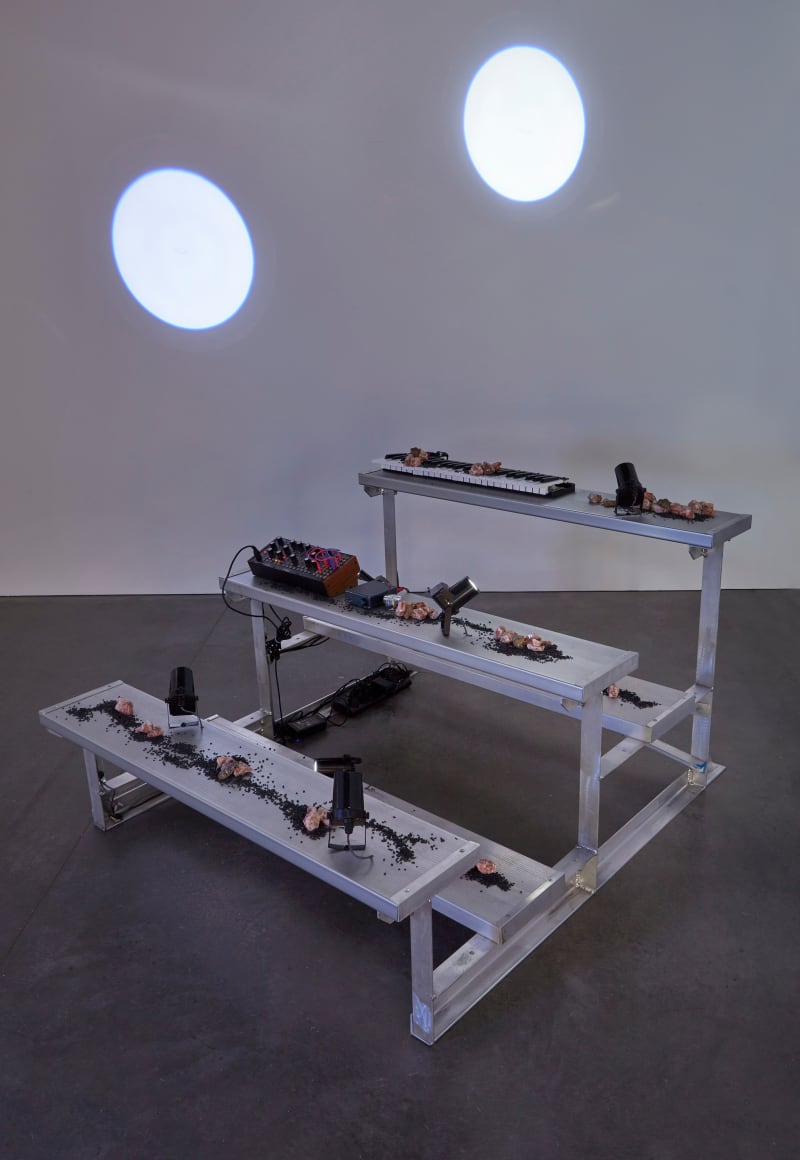As Land Remembers: Denniston Hill at Marian Goodman Gallery, curated by Ariana Faye Allensworth
11 July - 22 August 2025
Opening Reception: 11 July 2025, 6 – 8 pm
Marian Goodman Gallery presents As Land Remembers, an exhibition about Denniston Hill, the artist residency founded by artists Julie Mehretu and Paul Pfeiffer and architectural historian Lawrence Chua. The exhibition features alumni and collaborators of Denniston Hill’s residency program including American Artist, Deborah Anzinger, Ei Arakawa-Nash, Nancy Brooks Brody, Carolina Caycedo, william córdova, Annalee Davis, Nikita Gale, julie ezelle patton, Marcela Torres, Las Nietas de Nonó, and Lorna Williams.
The heart of Denniston Hill is its campus in Sullivan County, NY—over 200 acres of farmland, forest, and wetlands traditionally tended by the Esopus people of Lenapehoking. For nearly 20 years, its residency program has provided a refuge for artists from around the world to live, build new ideas, and create work in deep relationship with the environment. To be in residence at Denniston Hill is not only to create in place, but to participate in its ongoing making: tending gardens, sharing meals, walking the land, and joining in a collective rhythm of care. In this context, the rural is not marginal but a reflection of the mutual dependence of all living beings within a common world. Here, the land is a field in every sense: of tall grasses and milkweed, bees and wind, interwoven lifeforms and relationships—but also a field of shared inquiry. It is an active participant in the process of making and remembering.
As Land Remembers extends this ethos of Denniston Hill into the gallery, bringing together artworks grounded in ecological attunement and relational practice. The artists do not treat land merely as a backdrop, but engage it as collaborator, teacher, kin, and witness to history’s turning cycles.
The show's title resists the tendency to frame land as a singular, fixed entity—an impulse often reinforced by the qualifier “The,” which can imply a bounded, knowable, and static terrain. “As,” by contrast, introduces openness, relationality, and time in motion. It invites us to think with land, not about it. Language, here, matters: the smallest word can open or foreclose the possibility of relation. In this case, as offers space for multiplicity—for memory that is distributed, refracted, and ongoing. It gestures toward a field of mutual attunement, decentering what Sylvia Wynter calls the “overrepresentation of Man,” a narrow, Western, colonial conception of the human imposed as universal. For Wynter, this figure not only displaces other ways of being but actively sustains the extractive, racialized systems we now associate with the Anthropocene. Geographer Laura Pulido extends this critique by emphasizing land's relational capacity to absorb and transmit memory and energy. She writes that "all living things that pass through a landscape leave a trace—an energy, if you will—that inhabits the land. Just as individual trauma rests in the body, collective trauma rests in the land, even when it’s rarely visible…due to our heavy investment in denial." Pulido’s framing complements the shift away from viewing land as fixed or singular and instead underscores its presence as a living entity. Spanning visual, performative, sculptural, and archival practices, these artists collaborate with land’s memory and enact practices of remembering with and alongside it.
Reciprocal entanglements with place are central to Denniston Hill, where working in deep relation to its rural context opens new pathways for creation. Textile works by Carolina Caycedo and Annalee Davis extend this commitment to relation, engaging with land as a living presence. Las Nietas de Nonó’s video-performance unfolds as a visual and somatic reflection on the tension between ancestral practices and extractive forces. Nancy Brooks Brody’s series extends this thread of relation through its quiet rigor and fugitive hues. Through works by Nikita Gale, Ei Arakawa-Nash, william córdova, and American Artist, landscapes emerge as constellations of ideas and temporalities. Lorna Williams, Deborah Anzinger, and Marcela Torres turn to land as praxis. julie ezelle patton’s work improvises poetics rooted in ecological care and community-based reclamation. Through painting, ceramics, performance, and sculpture, they engage land as a generative force that shapes how they make, heal, and transmit knowledge.
Together, the artists in As Land Remembers engage a field shaped by the very conditions which place makes possible—and impossible. Like Denniston Hill itself, a site of refuge and shared study, where experimentation, stewardship, and interdependence guide the work of building more liberated futures. In a moment when crisis and catastrophe dominate our sense of what’s possible, these works echo Denniston Hill’s quiet commitment to a different tempo: one that counterbalances the demanding rhythms of cultural production by valuing the often-invisible aspects of artistic processes. Here, land is not just a place to make, but a companion in imagining otherwise.
As Land Remembers is curated by Ariana Faye Allensworth, a 2023 Curatorial Research Fellow at Independent Curators International (ICI). Her fellowship supported the development of a research and convening series exploring how arts and culture can shape just ecological futures in Allensworth, California—a historic Black town founded by her ancestors in the San Joaquin Valley. Her curatorial practice centers art as a means for communities to sustain memory and belonging in place.
ABOUT DENNISTON HILL
Denniston Hill was established in 2004, when artists Julie Mehretu, Paul Pfeiffer, and architectural historian Lawrence Chua transformed a 150-year-old farmhouse and its surrounded 200+ acres of rolling farmland, wetlands, and protected forests (ancestrally known as the Lenapehoking) into an artist residency guided by the principle that creative and critical voices are essential in shaping a more just and equitable society. In 2008, they formalized as a 501c3 whose mission is to advance dialogues across disciplines of art and political action through residencies, exhibitions, and educational programs. It offers a place where queer artists and artists of color can see themselves mirrored back in the heart of the organization, ensuring that the voices of the most vulnerable, and risk-taking artists continue to be heard. Today, nearly 20 years in continuous operation, Denniston Hill’s residency program has welcomed artists from around the world to live, work, build new ideas, and better understand our shared human conditions, together. The campus is a place of collective refuge for so many people who experience ongoing precarity in their lives, art-making, and activism. It is a laboratory. A place for discursive study. And a testing ground for radical hospitality and communal living.
Denniston Hill press inquiries: Noreen Khalid Ahmad: noreen@almacommunications.com
Nyla Gilstrap: nyla@almacommunications.com
Jonathan Safdie, Communications Manager, Marian Goodman Gallery
jonathan@mariangoodman.com
+1 (212)977 7160



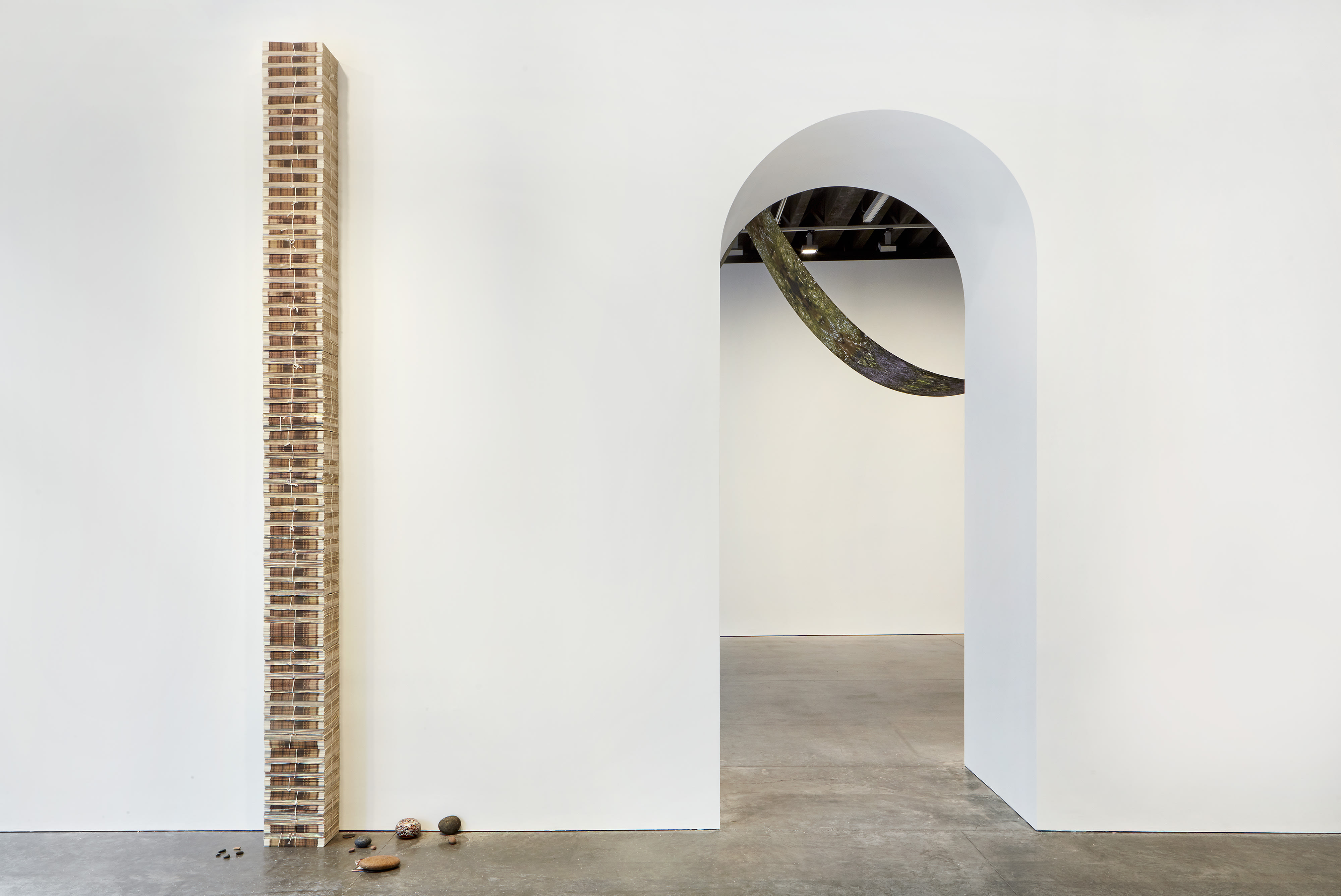



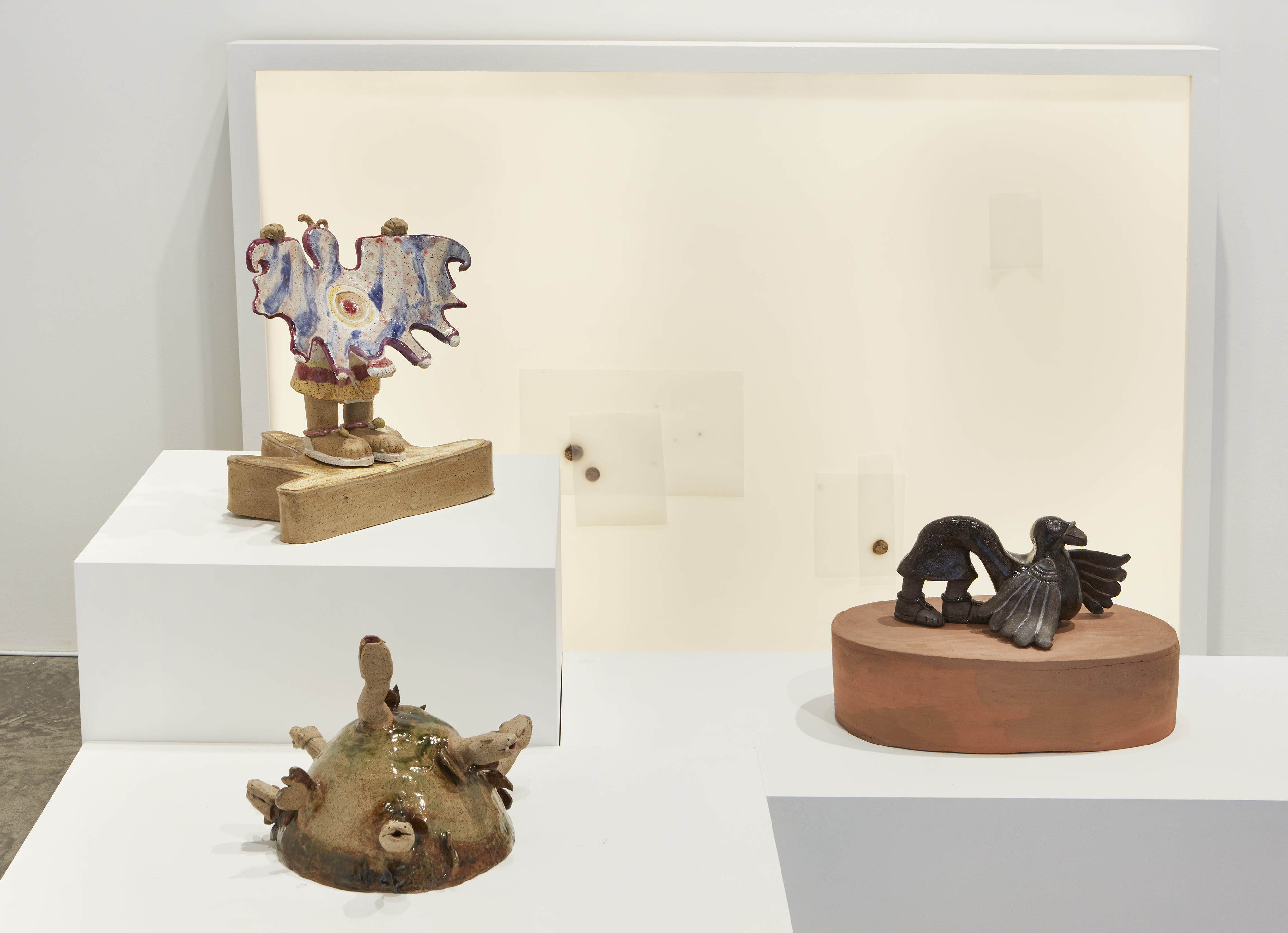




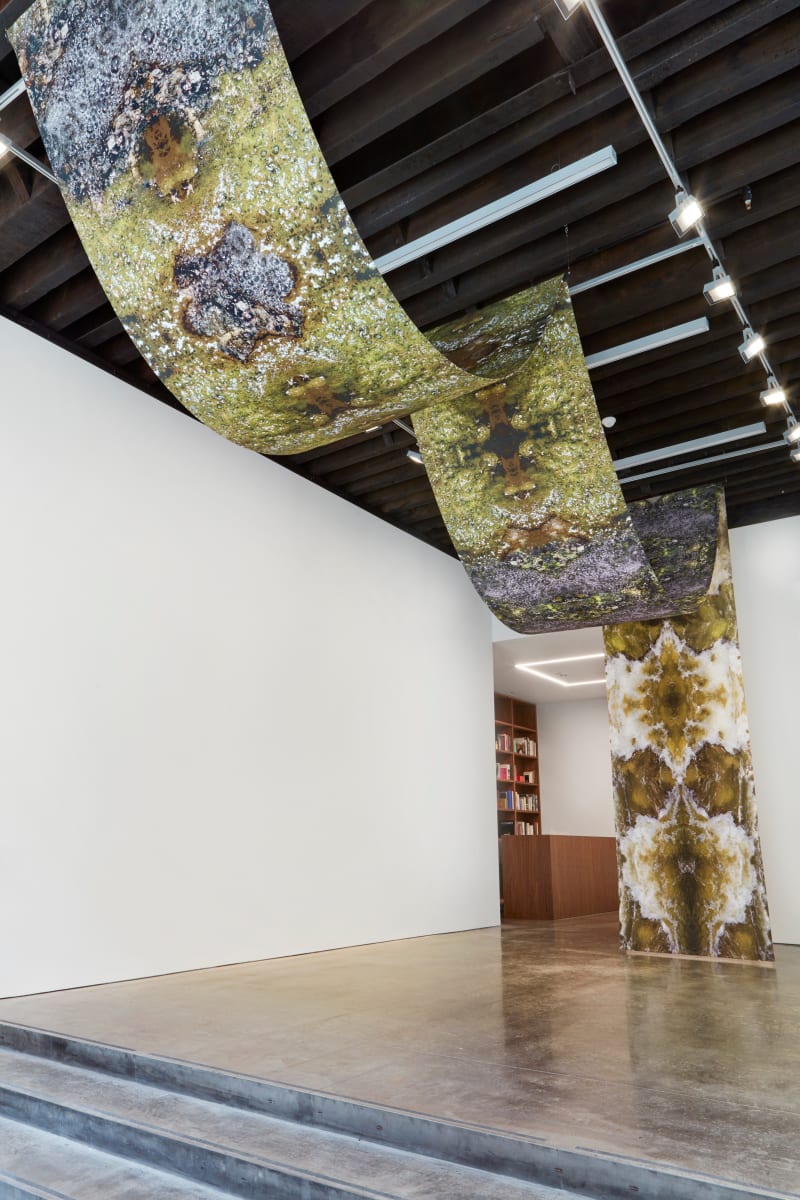

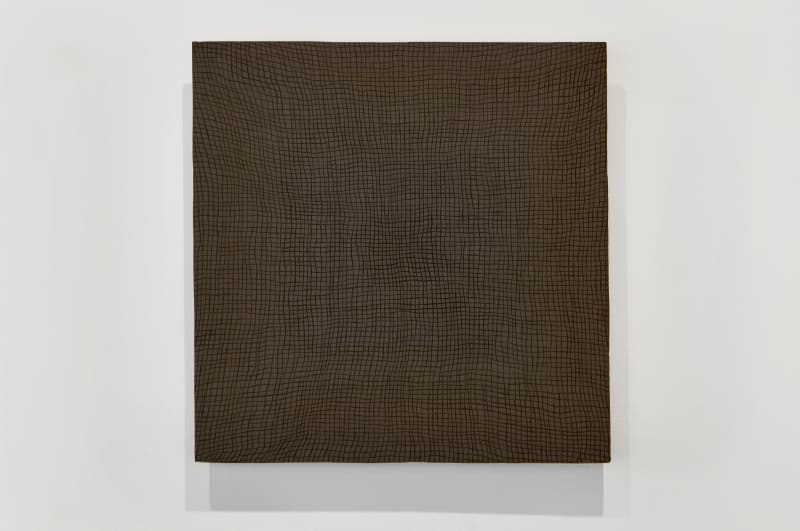
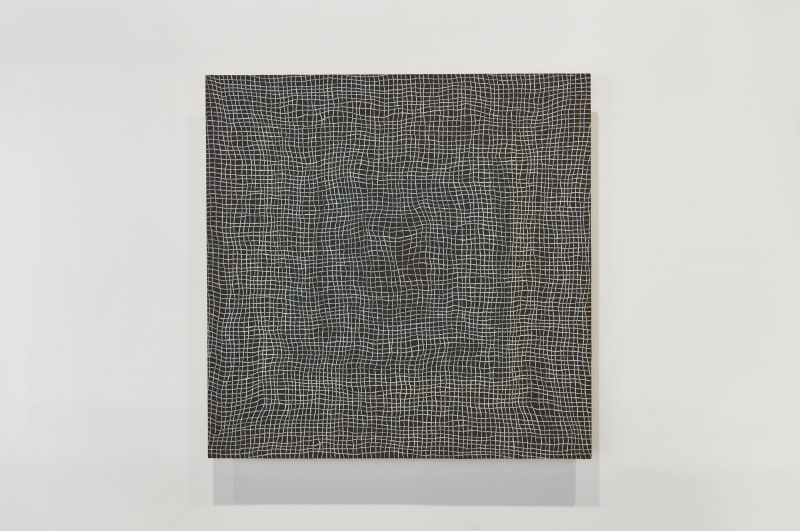






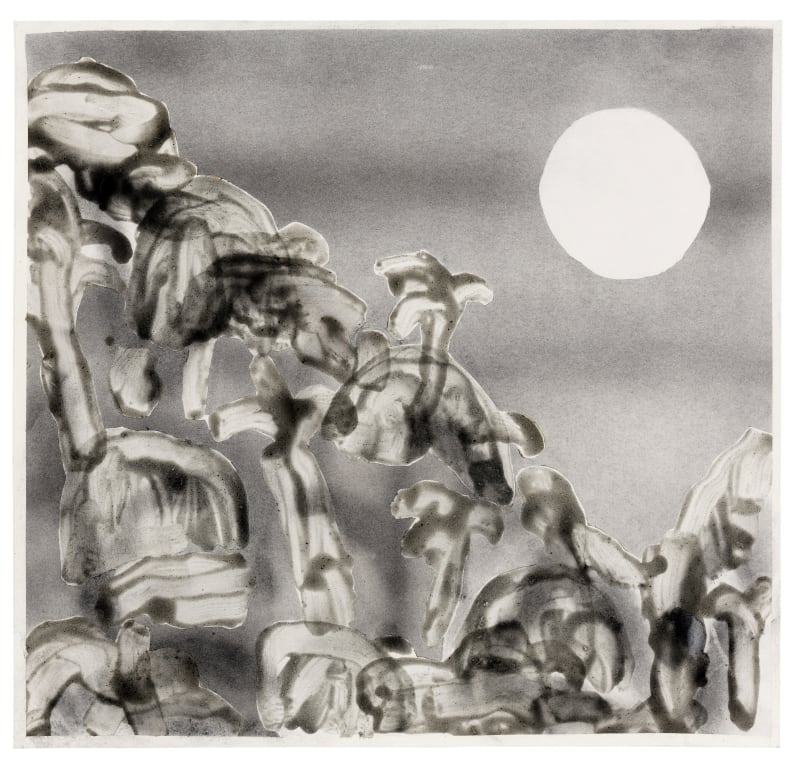

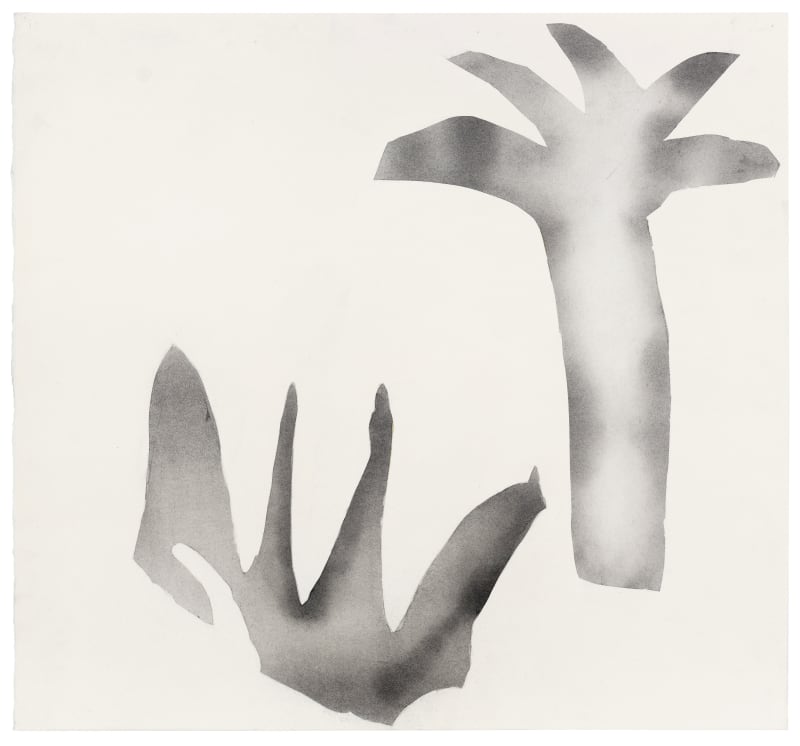


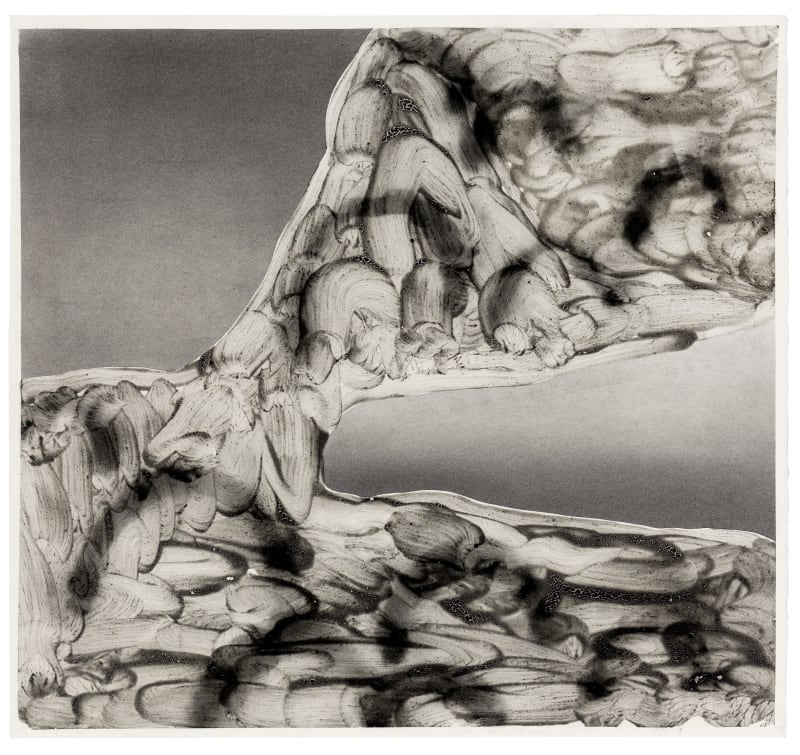
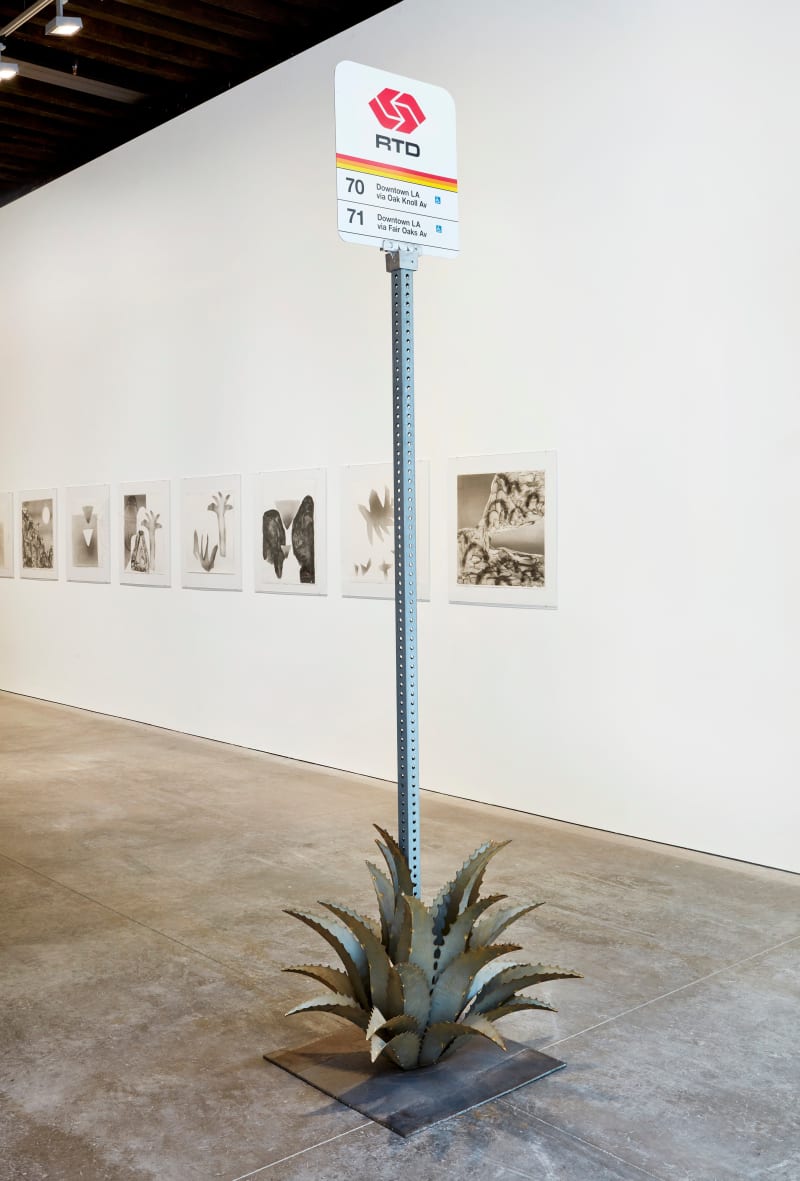
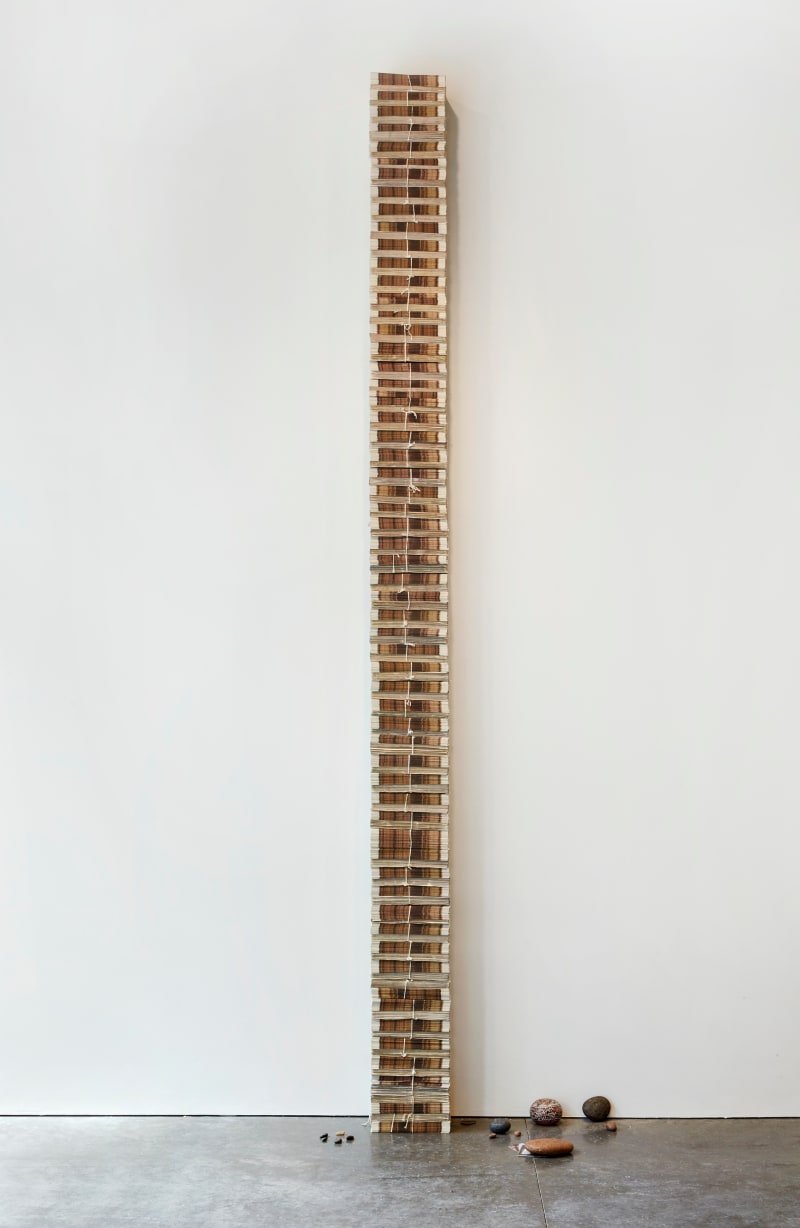

![Ei Arakawa-Nash Untitled (Yoko Ono, Haru [Spring], January 25, 1969), 2025 6,496 LEDs (WS2813, 100 LEDs/m, black) on hand-dyed fabric...](https://artlogic-res.cloudinary.com/w_800,c_limit,f_auto,fl_lossy,q_auto/artlogicstorage/mariangoodman/images/view/6178d5067eeb78d2389ef1c2201ad704j.jpg)
